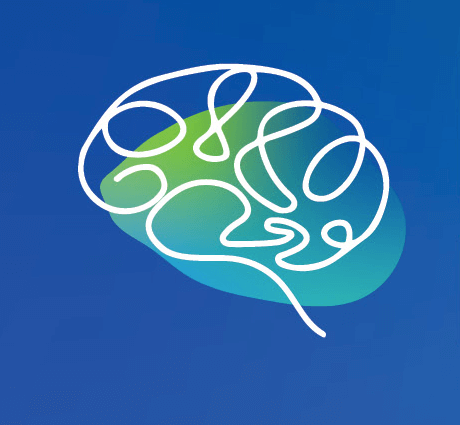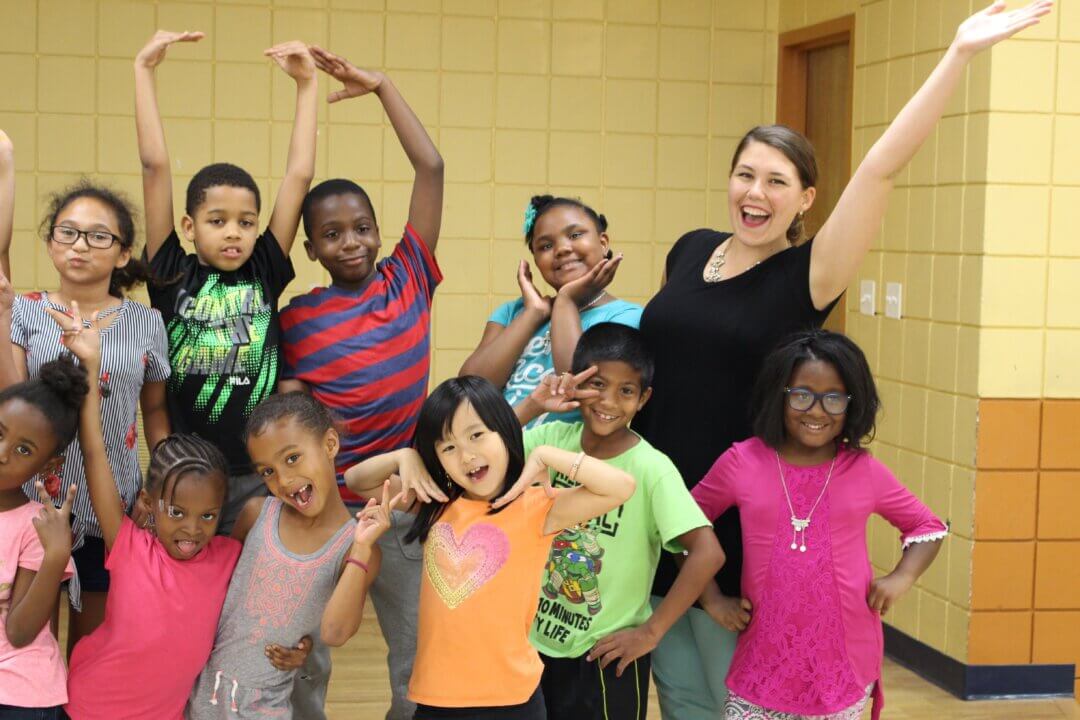
Mindleader Message in A Charlie Brown Christmas Live on Stage
What Charlie Brown Teaches Us About Honesty, Connection, and Support...
Learn MoreOrlando Family Stage
The Finest in Family Theater
Did you know that every November, people around the world celebrate the connection between creativity and well-being? International Arts & Health Month is a time to recognize how the arts, whether it’s painting, music, dance, or theatre, can help us feel better, connect more deeply, and grow stronger together.
At Orlando Family Stage, we see this every day. That’s why we’re excited to share more about what Arts & Health really means, and how it shows up in the lives of young people and families through the work we do.
So what is Arts & Health, exactly? And why does it matter for your family?
Arts & Health is a growing interdisciplinary field that explores how the arts—everything from theatre to music to visual storytelling—support physical, emotional, and social well-being.
Long before researchers began to study it, Black and Indigenous communities were already using the arts as a form of healing and connection. Today, a growing body of evidence confirms what many have long known: engaging with the arts improves health and well-being at both the individual and community level.
This is true across all age groups—but it’s especially relevant for young people.
Thanks to leading researchers like Dr. Daisy Fancourt and Dr. Jill Sonke, we now have a growing body of evidence proving what many arts educators have long believed: the arts support our health.
Dr. Daisy Fancourt, a professor at University College London, led a groundbreaking review for the World Health Organization (WHO) that examined over 3,000 studies on how the arts affect health and well-being. Her team found that the arts can help:
This is true across all ages, but especially impactful for children and teens.
Meanwhile, Dr. Jill Sonke, Director of Research Initiatives at the University of Florida’s Center for Arts in Medicine, focuses on how arts participation improves community health, including how the arts can support public health communication, equity, and population-wide well-being.
And there’s more. A 2023 study led by Fancourt’s research group confirmed that arts participation has a bidirectional relationship with well-being. For example, good mental well-being can lead to better physical health, and in turn, good physical health can positively impact mental well-being, creating a cycle where each element affects and is affected by the other.
Researchers have identified four major ways the arts affect our health:
Creative expression helps people process emotions, build confidence, reduce rumination, and find meaning in difficult experiences.
Example: A child who paints their feelings may gain a better understanding of their emotions, which reduces internal stress.
Art-making can reduce cortisol (the stress hormone), regulate heart rate, and even affect immune response.
Example: Singing in a group has been shown to reduce inflammation markers in the body.
Participating in creative activities helps people feel seen, connected, and part of something bigger.
Example: Children who collaborate in theatre or music develop trust, communication skills, and social empathy.
The arts can support positive health behaviors, the everyday choices that shape well-being, like staying active, managing emotions, or staying socially connected.
Example: A dance class may improve physical activity levels and support healthy routines.

These outcomes aren’t just ideas on paper, we see them come to life every day in our rehearsal rooms, classrooms, and performances. Children and teens are in a critical period of development physically, emotionally, and socially. They’re learning how to navigate complex feelings, communicate, manage stress, and build identity.
Here’s how that research lives and breathes at Orlando Family Stage:
Finding Calm in Creative Chaos
It’s not always quiet, but it’s safe. In our rehearsal rooms, students move their bodies, use their voices, and explore characters, all within structures that help them regulate, focus, and find their center.
Building Focus Through Play
Learning lines, listening to scene partners, and remembering blocking are all creative demands that sharpen memory and attention without feeling like work. Students stay focused because they’re engaged, not pressured.
Joyful Movement for Every Body
Whether it’s choreographed or spontaneous, movement is essential to our work. Even outside a clinical setting, research shows that movement and music can reduce pain and support physical resilience.
Giving Emotions a Stage
One student recently told us, “It’s easier to say how I feel when I’m pretending to be someone else.” That’s the power of roleplay and storytelling. It gives kids the freedom to explore emotion without fear of being wrong.
Creating Belonging, Together
From day one, students work in ensembles. They practice trust, collaboration, and communication, not because they’re told to, but because theatre requires it. By the end of a session, they’ve built something together, and that shared success is powerful.
This is how arts and health come alive at Orlando Family Stage. And it’s why we do what we do.
Explore more about the science behind arts and well-being:
And keep an eye on our blog, we’ll continue sharing stories, creative tips, and the science behind why your child’s creativity is so important.
Because when children thrive through the arts, our whole community grows stronger!
Don't miss out on the magic. Grab your tickets now and
make unforgettable memories at Orlando Family Stage!